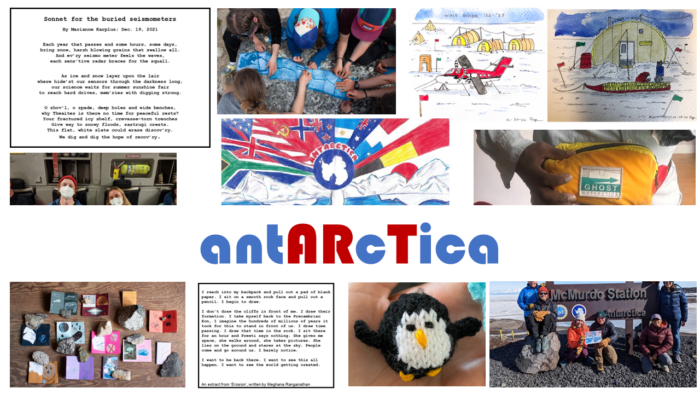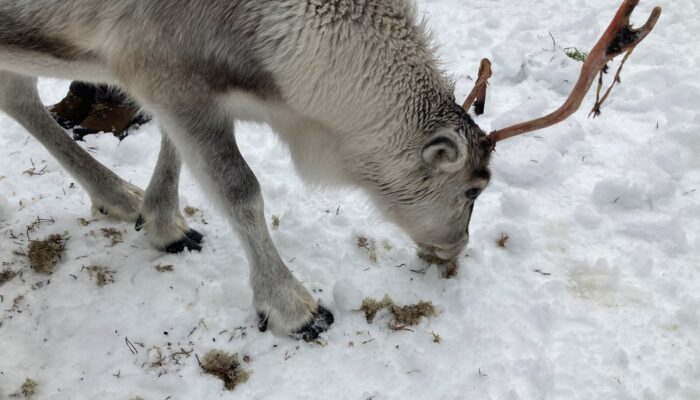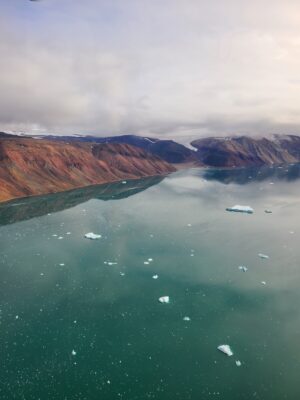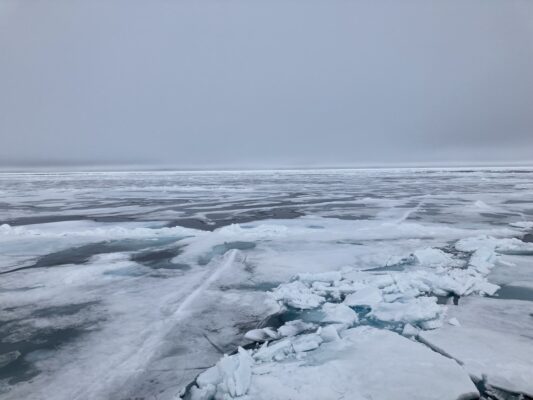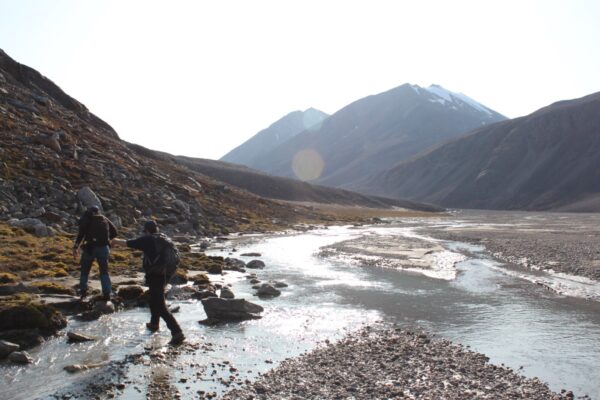In the frozen expanse of Antarctica, where the remote environment tests the limits of scientists, a unique relationship between science and art can emerge. As the isolation, weather and beauty of the ice-covered continent introduce themselves, some Antarctic individuals find solace in the realm of art. In this blog post, we delve into the interplay between the world of scientific exploration and t ...[Read More]
The search for the Antarctic giants!
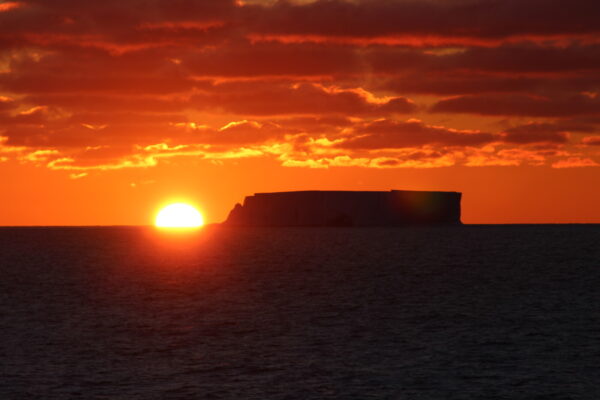
The deep Southern Ocean is full of giants! Some of them scared the sailors for centuries, like the colossal squid or, as they called it, The Kraken. They thought it was a huge monster capable of sinking ships! Far from it, these giants ran away from us, and we still know very little about them! They live in depths where the light cannot penetrate, the largest ecosystem on Earth, the Deep-Sea! They ...[Read More]
Highlighted Paper: Breaking the ice – what’s new in modeling sea ice deformation

Most of the time when we speak or read about sea ice it is probably about its extent or thickness or the decline in both, or maybe even about the microorganisms living inside and underneath it. How sea ice breaks and deforms is normally not so much the topic of general discussions. This is actually a really important process that we do not know enough about, at the same time it is pretty co ...[Read More]
Did you know… about worms surviving in permafrost for at least 46000 years?
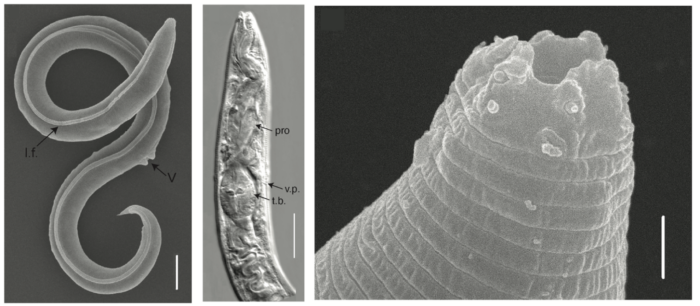
Lately permafrost makes the news more and more because of its enormous carbon stocks and its vulnerability to climate change. While permafrost greenhouse gas budget calculations are complex and harbour an ever-growing research community, its microbial ecology is still on the rise. A recent star are tiny roundworms that survived frozen in permafrost for 46’000 years. Take a short dip into this new ...[Read More]
Small step for reindeer – large leap for humankind?
Since several decades, there’s a lot of discussion in the permafrost ecosystem community on “rewilding” and “return to a natural state” in order to protect ecosystems and to reduce the impacts of climate change. Reindeer and other herbivores influence the insulation regime of the ground and could thereby preserve the frozen state of permafrost ground. Is there a way to utilise this effect to our b ...[Read More]
Looking for the Window during Fieldwork
Arctic fieldwork is a meticulous dance with the ever-fickle weather, where nature’s temperament can determine the course of scientific endeavors. Rain or fog can swiftly put a halt to even the most well-laid plans. This holds true for Greenland, where proximity to the ice cap doesn’t shield researchers from the capriciousness of the climate. In August 2023, the Deep Purple ERC Project ...[Read More]
Did you know there’s a (relatively new) treaty for the Central Arctic Ocean?
Even as regular readers of the Cryosphere Blog , you might still be unfamiliar with the large amount of regulation that surrounds the cryosphere – and the research that’s being done on it. As effective regulation of our environment is needed, we need more scientists to understand the law and more lawyers to understand the science. So, brace yourselves and hold on tight, while we run through one of ...[Read More]
We are back – with 4 Arctic fieldwork stories!
You might have missed our weekly blog posts, but we are back! This week’s post highlights four field work campaigns our cryo community conducted. Join us on a journey to Greenland, Svalbard and Alaska to learn about methane emissions, glacier flows, tundra fires and ice microbes. Chasing methane in Greenland The subglacial environment of the Greenland Ice Sheet is a relatively new discovered ...[Read More]
Some icy summer reads – the blog goes on holiday
The cryosphere blog is taking a summer break but not without first providing you with your beach/airplane/train/fieldwork/balcony summer reading list to make you miss us a tiny bit less. Continue reading this post to explore some summer inspiration. Like a lot of northern countries who take long summer breaks to enjoy the long hours of light (midnight sun) after a dark winter, the Cryoblog is also ...[Read More]
Did you know there is light pollution even in the Arctic?
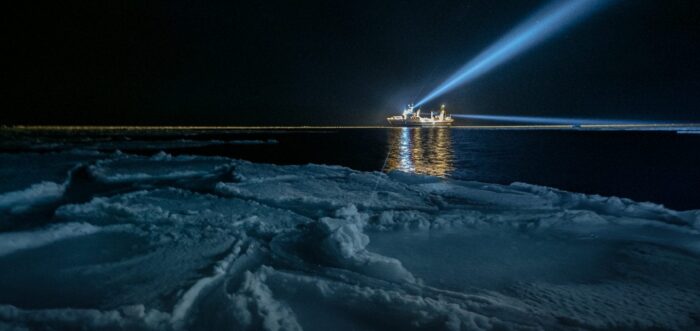
Light emissions are increasing worldwide and much of the world is light polluted due to excessive and inefficient light use. This has negative consequences for many organisms, such as birds, insects, fish, plants and humans. Even in the high Arctic, which is remote and sparsely populated, and experiences the polar night for a large part of the year, there are artificial light sources which disturb ...[Read More]

